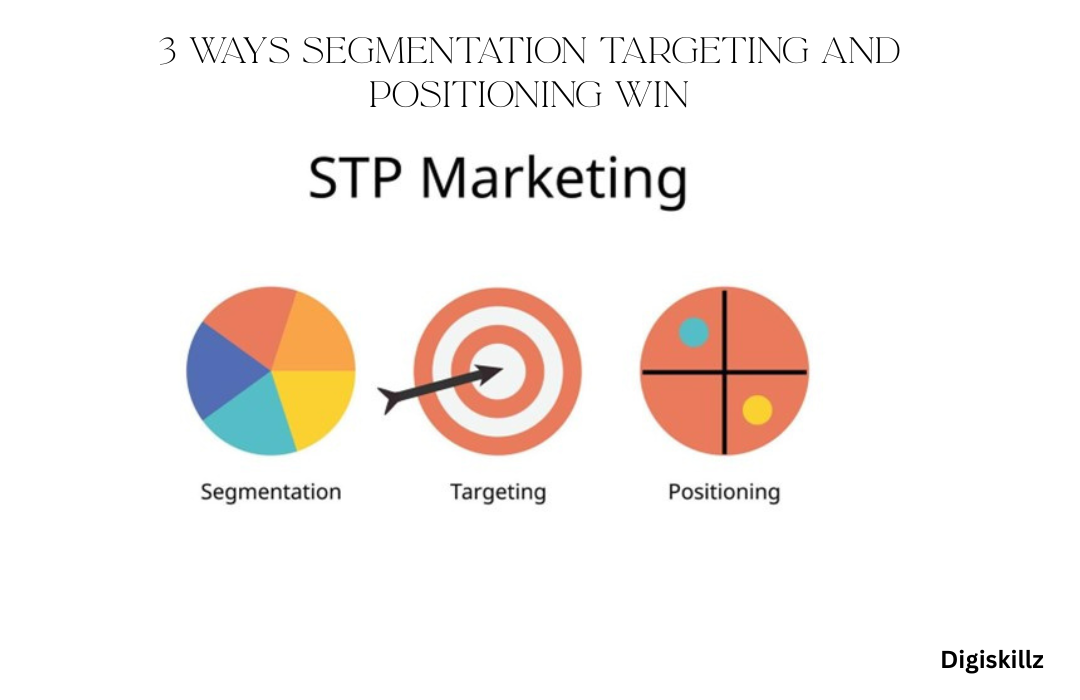Quality Score is an important metric used by Google to evaluate the relevance and usefulness of a website. It measures the quality of a website’s content, structure, and design, and assigns it a numerical score.
By using this score, Google can determine whether a website should be ranked higher or lower in search engine results pages. In this blog post, we will explore the concept of Quality Score and how it is used by Google to evaluate the quality of a website.
Table of Contents
What is Quality Score?
Quality Score is a metric used by Google to evaluate the relevance and usefulness of a website to its users, particularly when it comes to Google Ads.
It measures the quality of an ad or landing page experience in Digital Marketing campaigns and helps Google determine the cost-effectiveness of a particular ad. The higher the Quality Score, the lower the cost-per-click (CPC) for an ad, as well as its overall ranking on the SERP.
Quality Score is also used to determine ad eligibility, as ads with lower scores are less likely to be eligible for certain features and placements. A good Quality Score is essential for ensuring that your ads are effective, cost-efficient, and have a high likelihood of appearing in front of your target audience.

How does Google use Quality Score?
Google Quality Score is an important metric used by Google Ads to determine the relevance and usefulness of an advertisement for a particular user. It is a measure of how well your ad, keywords, and landing page experience relate to a user’s search query.
A higher Quality Score means that Google believes your ad is more relevant and useful to the user and thus, more likely to earn more clicks and conversions.
Google assigns a Quality Score to each of your ads, ranging from 1-10, with 10 being the highest.
The score is based on several factors including:
• Relevance of ad copy to the user’s search query
• Landing page experience
• Past performance of your ad or keyword
• Click-through rate (CTR)
The Quality Score is used by Google Ads to help determine where to place your ad in the search engine results page (SERP). Ads with higher Quality Scores typically appear at the top of the SERP and will cost less per click than ads with lower scores.
This makes it important for digital marketers to ensure their ads, keywords, and landing pages are all as relevant as possible in order to improve their Quality Score and reduce their costs.

What factors affect the Quality Scores?
The factors that affect Quality Scores are complex and ever-evolving. Quality Score is determined by a combination of factors related to relevance, performance, and user experience.
Google Ads takes into account various elements such as keyword relevancy, ad copy, landing page experience, and historical performance when calculating your Quality Score.
Relevance refers to how closely related the keywords and ads are to what the user is looking for. Keywords that are closely related to the ad copy and landing page will result in a higher Quality Score. It is important to make sure the ads, keywords, and landing page content are relevant and consistent.
Performance is evaluated based on the historical performance of the ads. Ads that have generated more clicks and conversions are likely to have a higher Quality Score. Additionally, Google looks at click-through rate (CTR) which is calculated by dividing the number of clicks an ad receives by the number of times it has been shown.

The user experience is also taken into consideration when determining Quality Score. The experience of the landing page should match what was promised in the ad copy and keywords. This includes load time, ease of navigation, clarity of information, design elements, and contact information. A positive user experience will lead to a higher Quality Score.
To summarize, Quality Score is a metric used by Google to evaluate the relevance, performance, and user experience of a website. It is important to ensure all aspects of your website are optimized to improve your Quality Score in Google Ads.
How can I improve my Quality Score?
Improving your Quality Score is essential for achieving success with Google Ads. It can be difficult to understand, but with a few tips and tricks, you can start optimizing your Quality Score and improving your ROI. Here are some simple steps to help improve your Quality Score:
1. Focus on ad relevance:
Make sure that your ad copy is relevant to your target audience and the keywords that you are targeting. Your ads should be targeted specifically to the user’s search query and provide them with a solution to their problem.
2. Optimize your landing page experience:
Ensure that your landing page is optimized for the user’s query. The content should be clear, concise and relevant to the ad that led them there. If the user experience is poor, it will result in a lower Quality Score.

3. Monitor your ad frequency:
Quality Score is also affected by how frequently your ads appear on search engine results pages (SERPs). If you’re running multiple campaigns, make sure to monitor their frequency to ensure that they don’t become over-exposed.
4. Monitor your click-through rate (CTR):
CTR is an important factor in determining Quality Scores. Make sure that your ads have a high CTR to maximize their chances of appearing more prominently in SERPs.
By following these simple steps, you should be able to improve your Quality Score and maximize the effectiveness of your Google Ads campaigns. While Quality Score can seem intimidating at first, with a bit of patience and dedication you can improve your score and maximize your ROI.

Conclusion
Google Quality Score is an important metric to consider when running Google Ads campaigns. It evaluates the relevance and usefulness of your website to users and can be improved by making sure your landing page experience is relevant to the keywords used in the ad and by avoiding too many ads with the same copy.
Quality Score plays an important role in digital marketing and a high score can help you get better ad placement and lower CPCs. Taking the time to monitor your Quality Score and make adjustments can go a long way toward improving the success of your campaign.











Leave A Comment